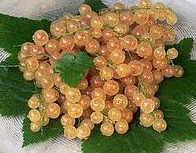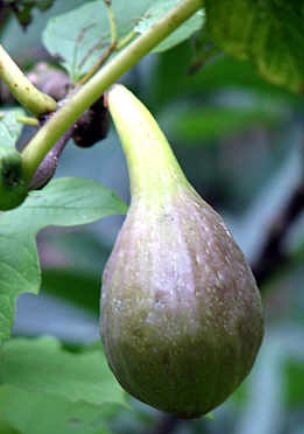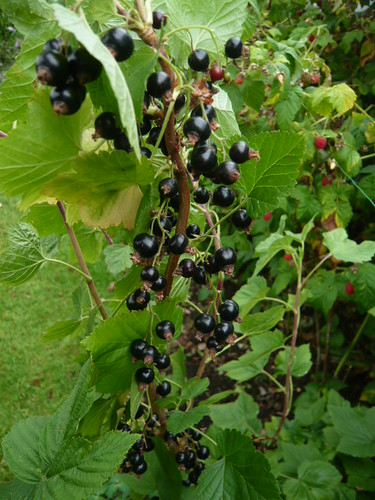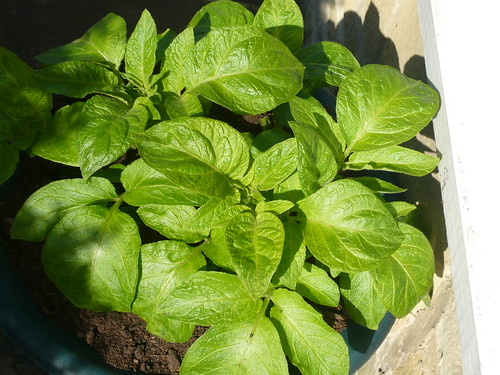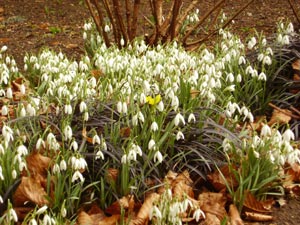Growing Okra or Ladies Fingers
Abelmoschus esculentus or Okra aka lady’s fingers or gumbo is a flowering plant in the mallow family.The seed pods are popular as a vegetable in Caribbean cookery.
Growing Okra
- Okra is grown for its edible, hairy, green seed pods.
- Originating in Africa, the plant is cultivated in tropical and warm temperate regions around the world.
- Okra likes hot, sunny, humid conditions, a challenge for any British gardeners.
- A conservatory, greenhouse, low glass frame or cloche is best and a second covering of plastic over plants will help raise humidity more.

